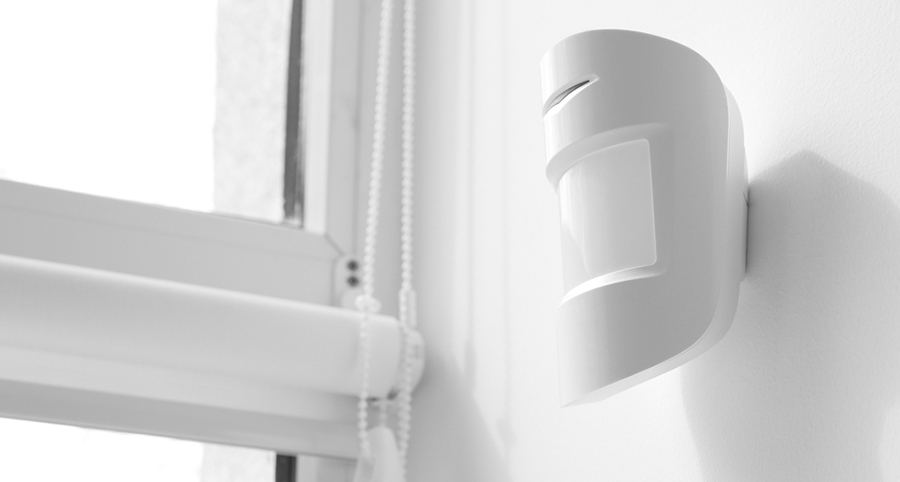
Find Out How Motion Sensors Work In Austin?
You understand the general purpose of motion sensors is to trigger your alarm when some form of action is detected. But you may still be wondering: How do they work? What kind of technology is involved, and should you use them? This basic explanation will respond to your questions and give you clarity on why these devices are such a vital aspect of your home’s defense.
In What Ways Are Austin Motion Sensors Implemented?
You can ordinarily look for a residential motion detector to cover a zone inside six to 70 feet from its location. If required, you may locate models that can increase the scope of your coverage even more. These tools are often found in things like outdoor flood lights. If they observe a disturbance, they prompt your lighting and brighten your property.
In addition to lights, you’ll also find motion sensors used in video equipment like the ADT outdoor security camera. This versatile device is able to be customized to send notifications and even video clips to your cell phone when activity is found.
Active Motion Sensors
Active sensors, as the name suggests, actively emit a type of wave or signal and then record the speed of the reply. When there is a sudden alteration in the reply, activity is signified and your security system is notified. Microwave sensors are the most prevalent kind of active device. You will even run into ultrasonic sensors that use sound waves and area reflective sensors that assess the bounce-back rate of infrared light.
Passive Infrared Motion Sensors
One of the other most common kinds of motion detectors in Austin is the passive infrared --or PIR-- motion sensor. Different from active models, they won’t continuously discharge a signal. Instead, they will discern temperature changes within a specified area. A sudden heat increase, like someone moving through a room, will trip the passive sensor.
In comparison to active sensors, PIR components require a lower amount of power, are simpler to run, and are more cost-effective. As an added benefit, you are able to alter the levels of sensitivity for most installations. To illustrate, the flexible ADP motion sensor may be set to disregard tail-wagging friends weighing under 60 pounds.
A Few Extra Sorts Of Motion Sensors
You should also understand that you can find more than passive and active detectors. You’ll even discover some that use multiple sensing mechanisms. Usually identified as dual, combined, or hybrid sensors, these devices aid in reducing false alarms as both types of sensors need to be tripped for your alarm to engage. You might even come across vibration detection equipment and tomographic motion detectors that are generally employed in bigger commercial areas.
Find A Security System With Motion Sensors in Austin
Since you now have an enhanced understanding of how motion sensors work in Austin, it’s time to order your own home security system with these essential devices. When you get them as a core feature of a package, you’ll gain comfort knowing they will be incorporated seamlessly with the rest of your devices. Touch base with Secure24 Alarm Systems now and let our specialists help you find the ideal configuration for your residence. Call (512) 641-0712 or submit the ensuing form to start.
